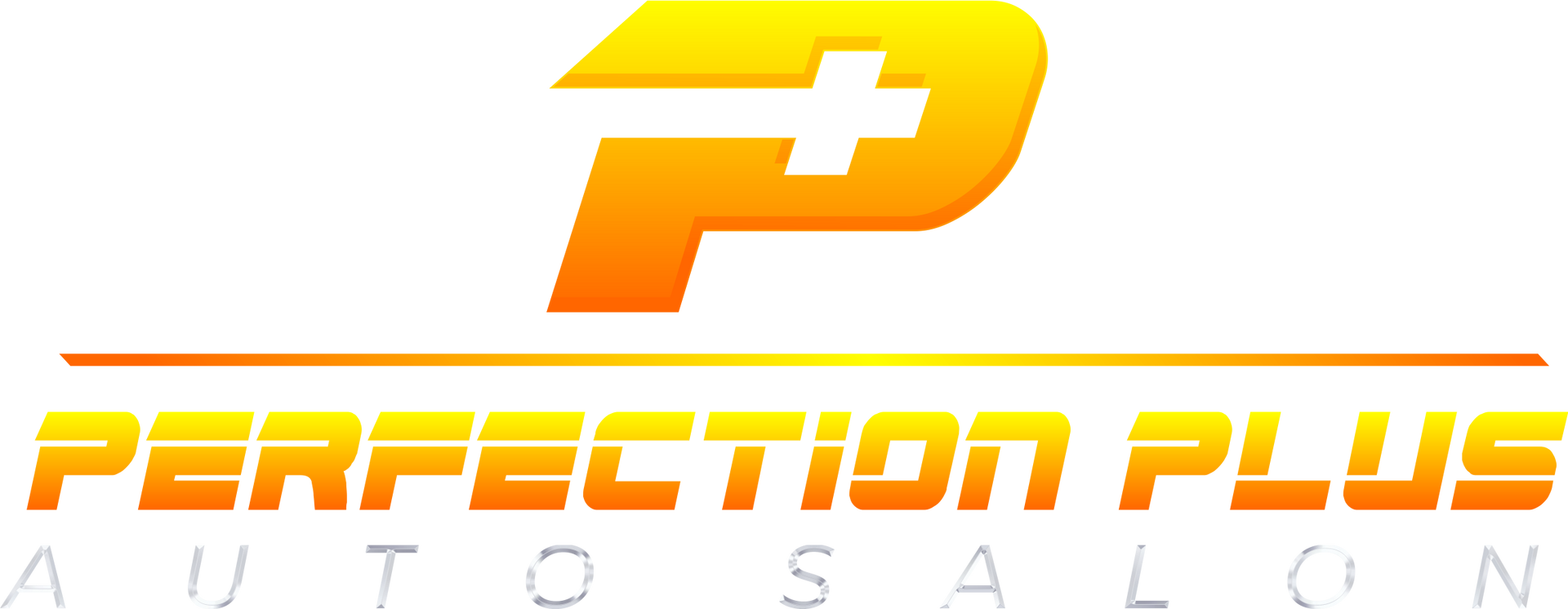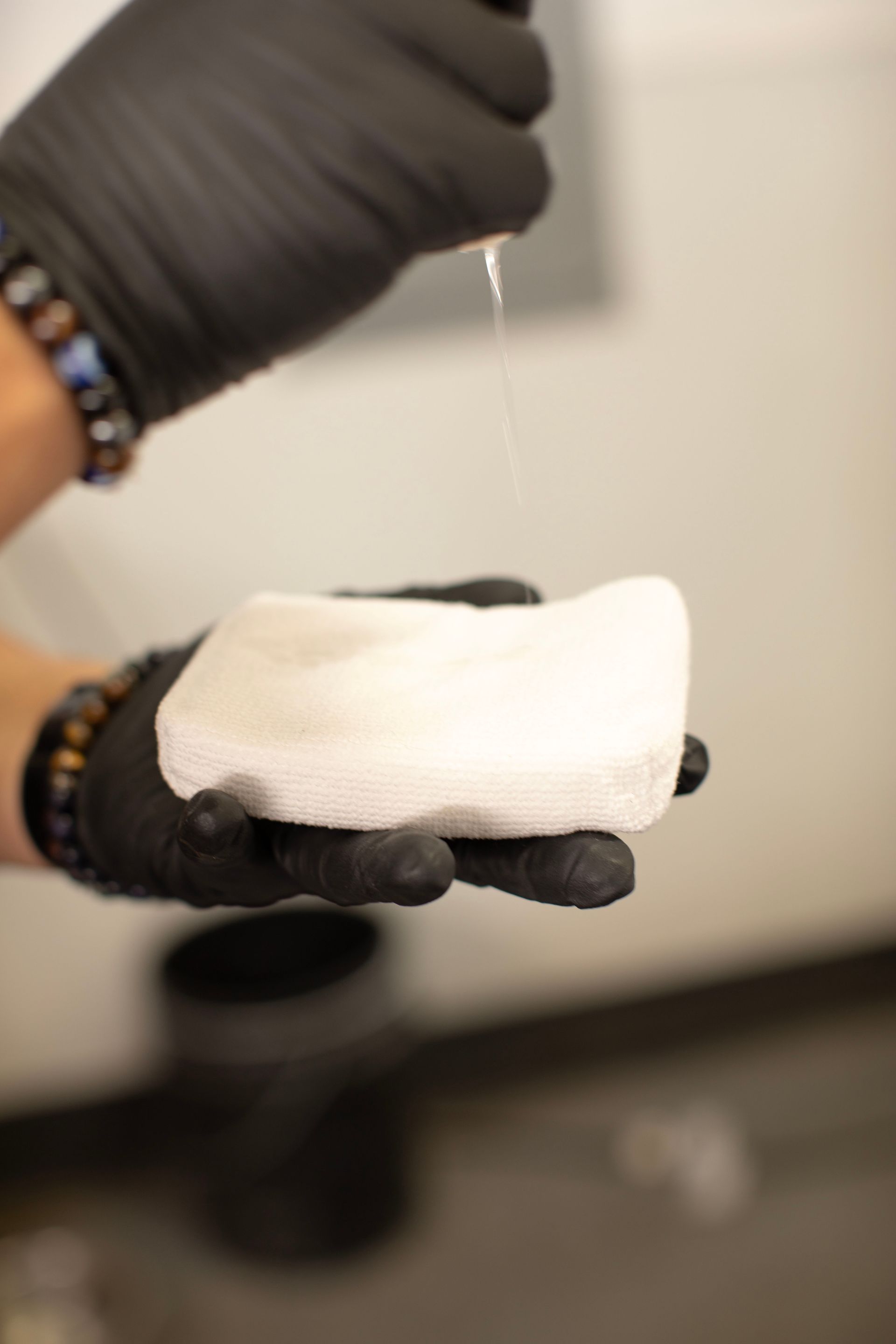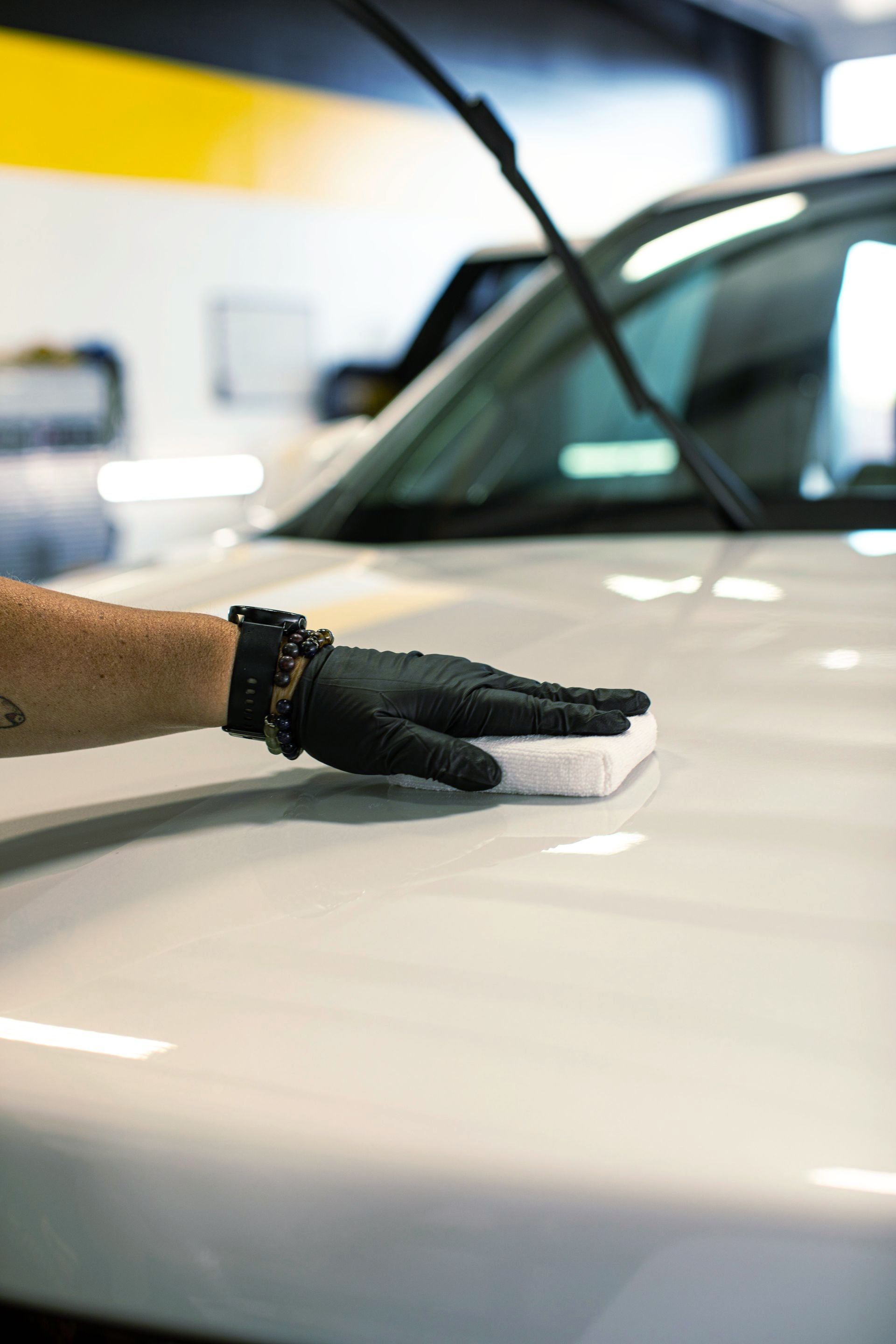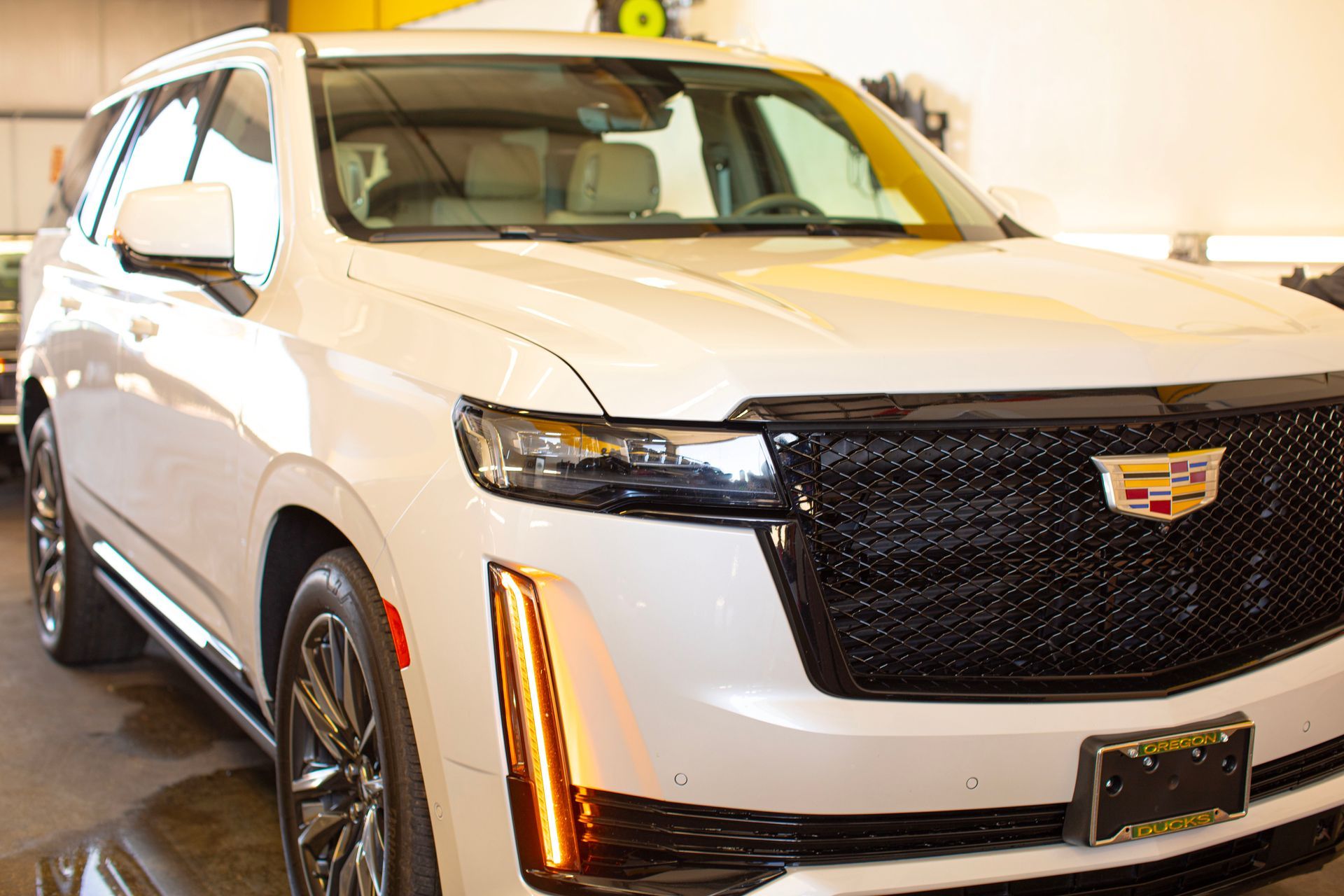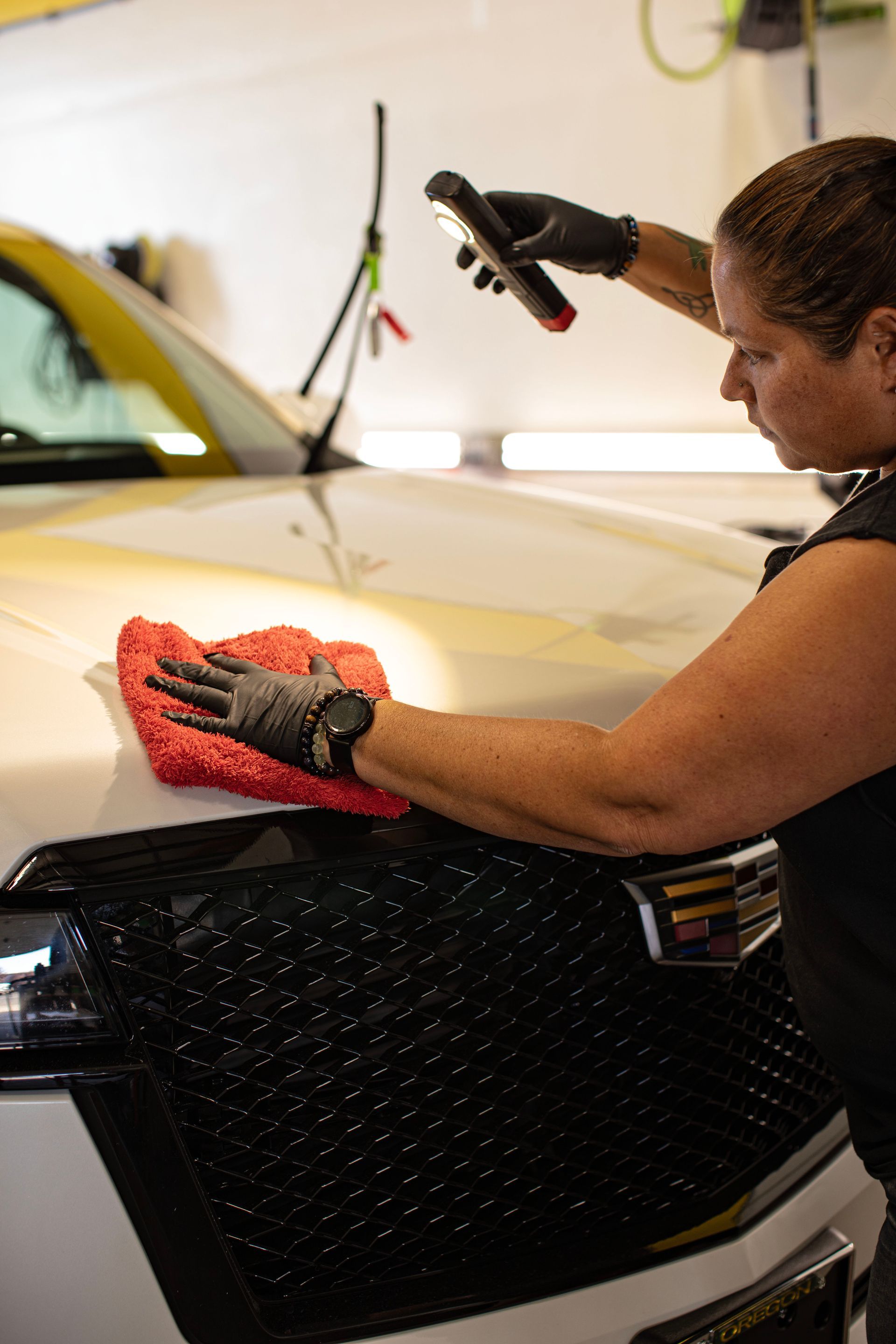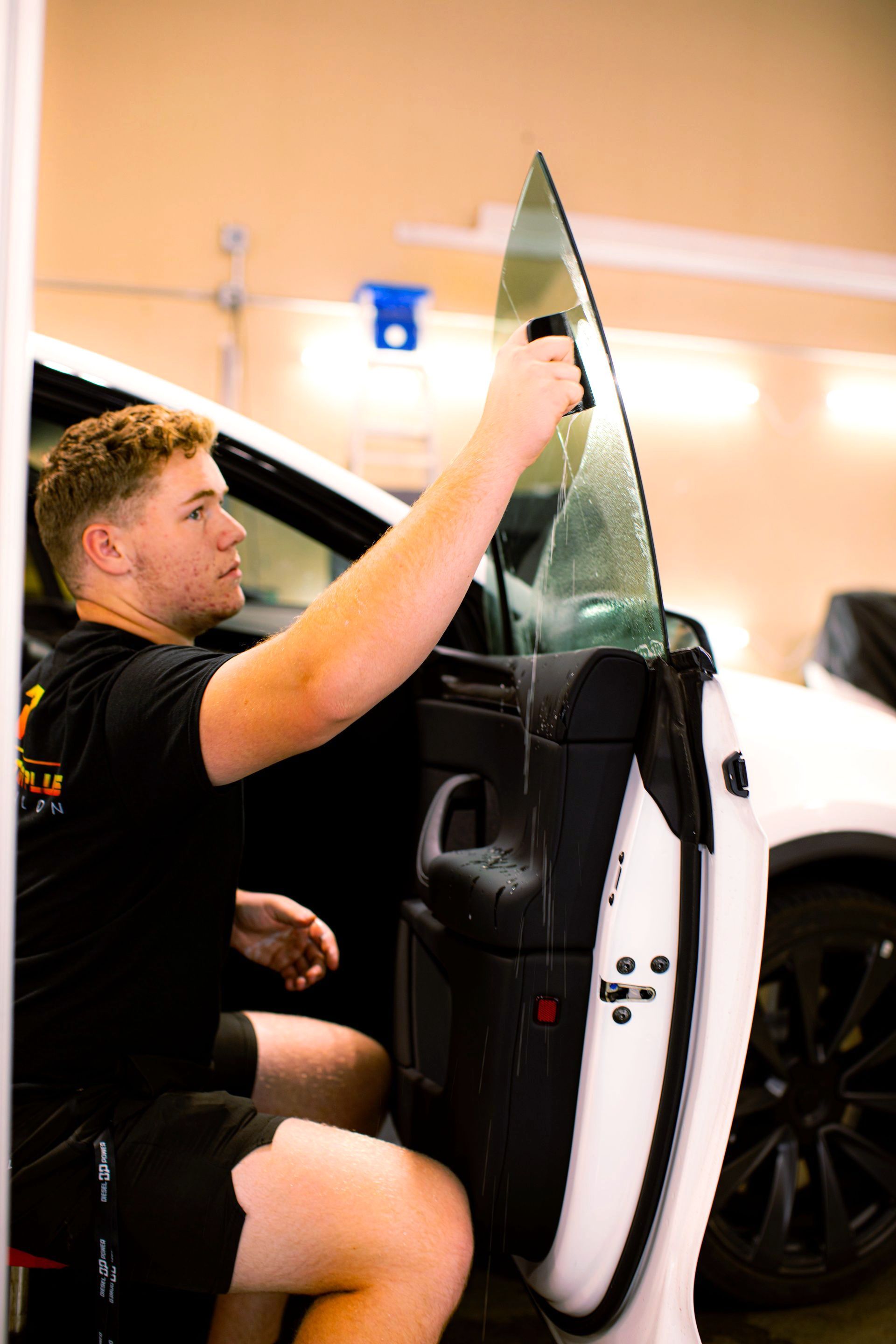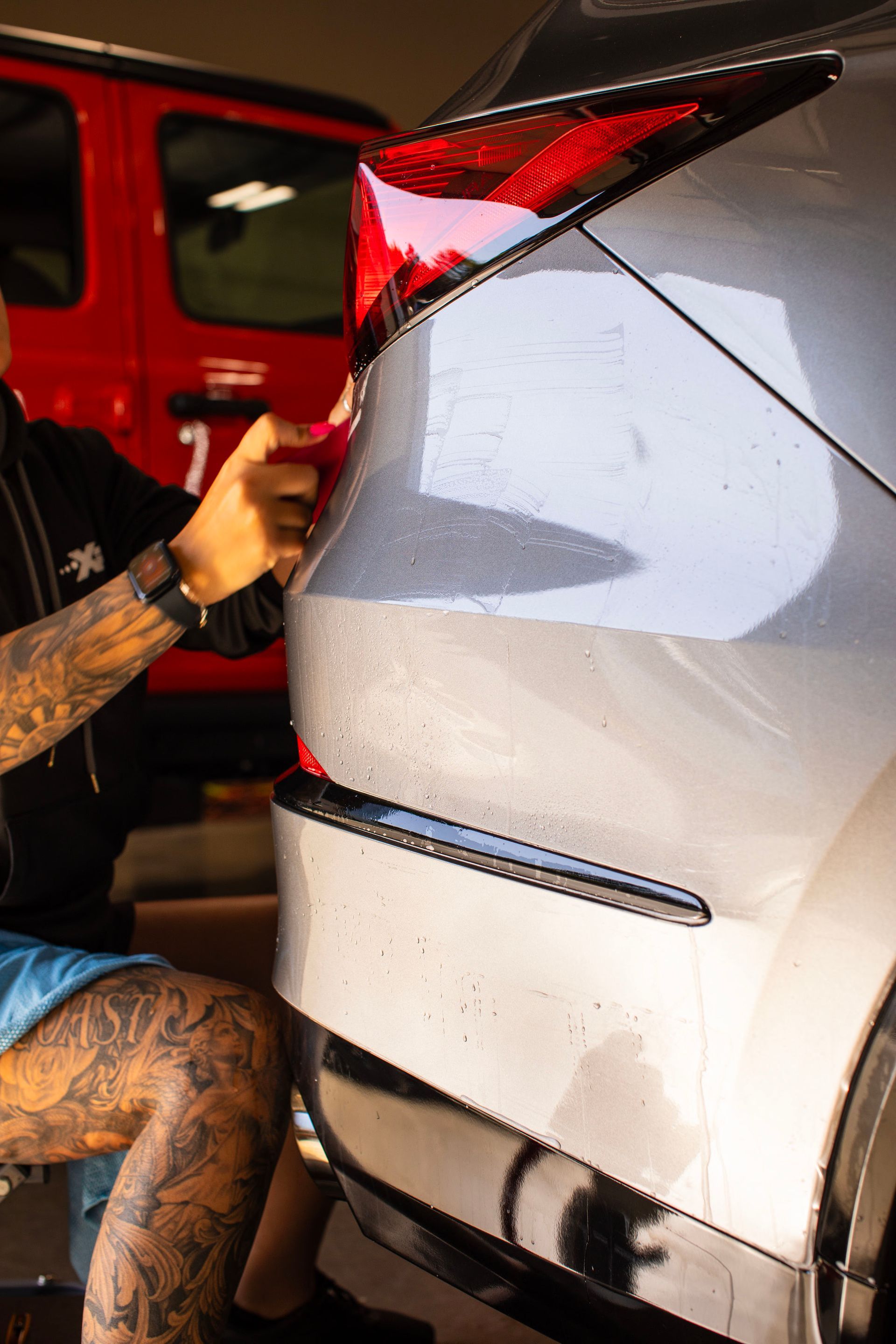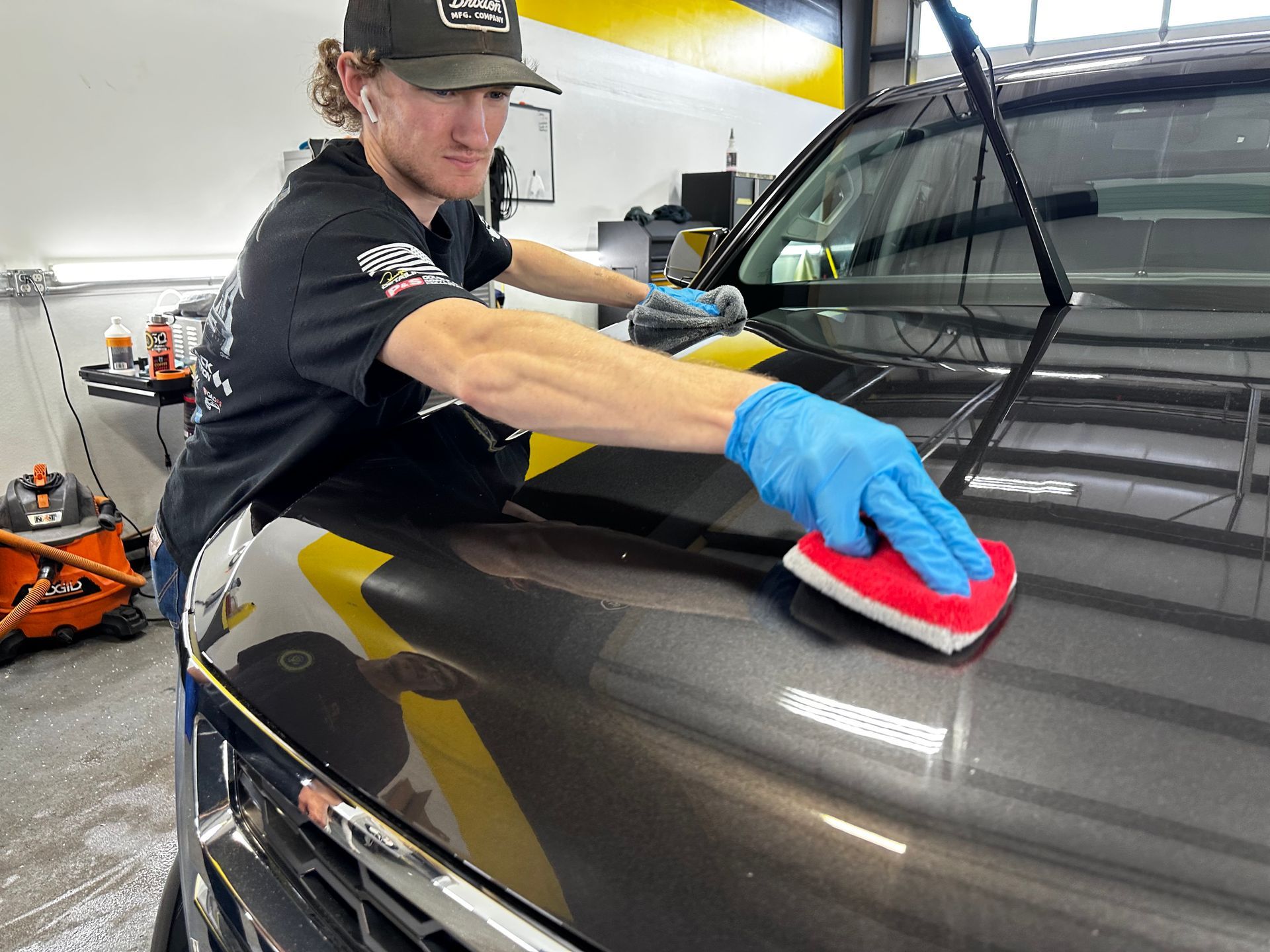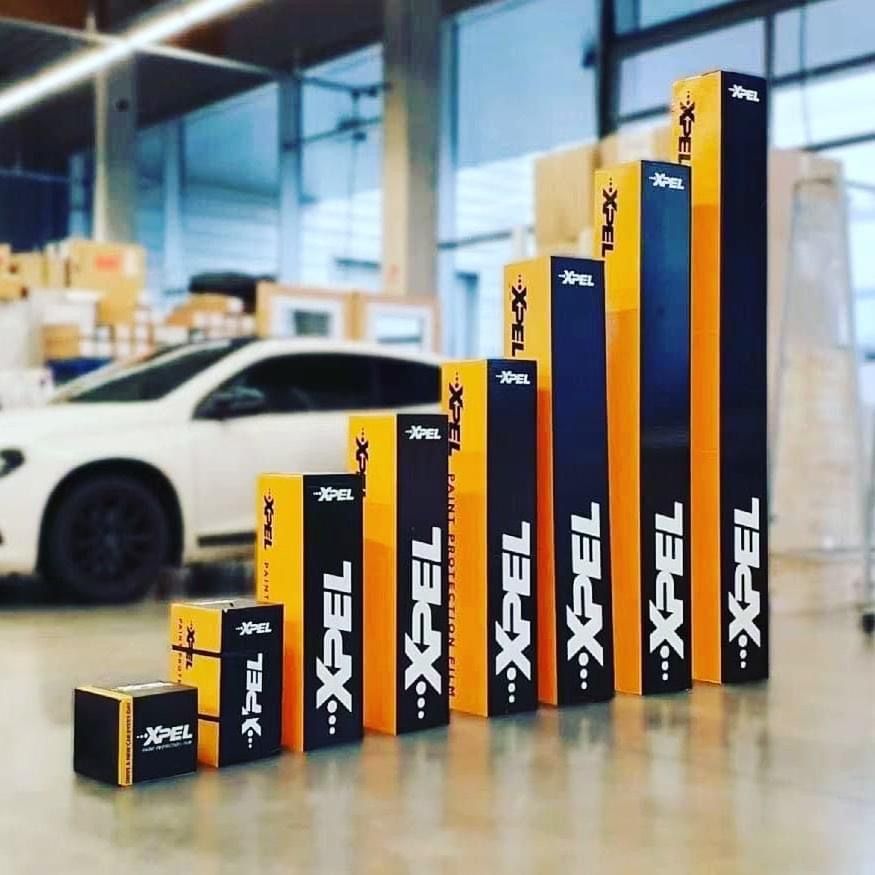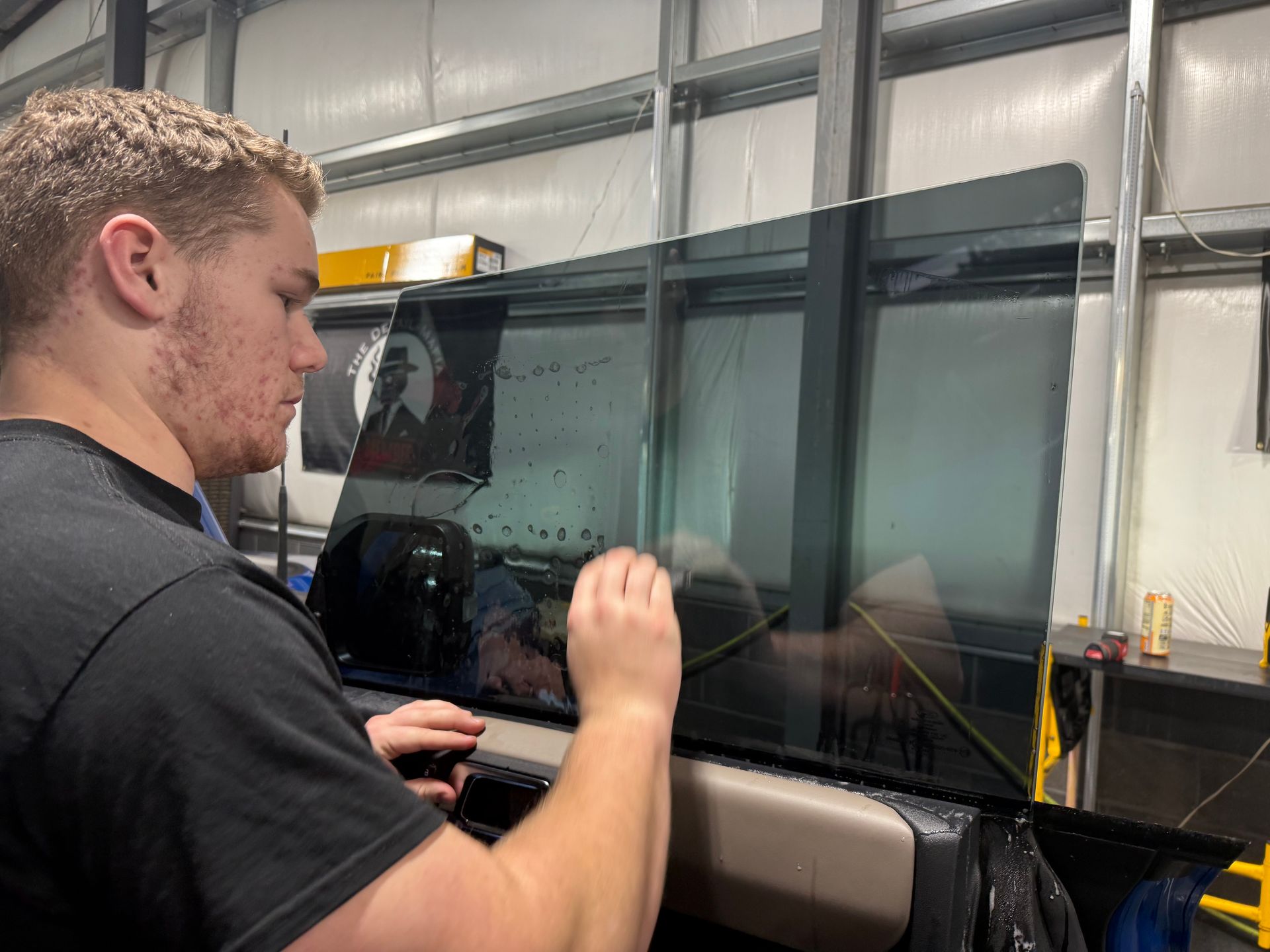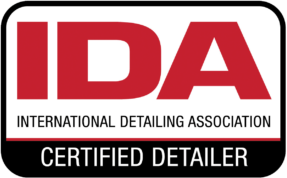Ceramic Coating Myths Debunked: Separating Fact From Fiction For Car Protection
GET A FREE ESTIMATECeramic coating, contrary to some beliefs, will not make your car invincible to scratches. It does offer a level of defense against environmental contaminants but, remember, your keys can still leave a mark despite this protection. So no, it's not a magic shield, even though some might have you think that way. However, before you dismiss it altogether, let's delve deeper into other aspects of ceramic coating.
The experts at Perfection Plus Auto Salon debunk common myths such as "ceramic coatings make your vehicle scratch-proof," "ceramic coatings eliminate the need for regular washing," and "all ceramic coatings offer the same level of protection." We provide expert insights to help car owners make informed decisions about ceramic coating.
Common Myths About Ceramic Coating
Let's dissect some misconceptions about ceramic coatings to give you a clearer picture of what they can and cannot do for your car.
Myth 1: Ceramic Coating Makes Your Car Scratch-Proof
Many people believe that once a ceramic coating is applied to their car, it becomes impervious to scratches. This myth lures car owners into thinking that they no longer need to worry about potential scratches damaging their vehicle's paint. However, it's important to debunk this myth because, although ceramic coatings provide good protection against environmental and chemical damage, they don't make your vehicle scratch-proof. Objects can still leave scratches on a coated car. It's crucial for car owners to understand this in order to set realistic expectations and take appropriate precautions to prevent scratches.
Myth 2: All Vehicles Benefit Equally
Another common misconception is that all vehicles benefit equally from ceramic coatings. This oversimplified belief can lead to disappointment if car owners have unrealistic expectations about the benefits. The reality, however, is that different vehicles benefit differently from ceramic coatings depending on their usage patterns. Off-roading vehicles or those exposed to extreme weather conditions may benefit more from ceramic coatings due to the increased level of protection required for harsh conditions. Understanding this myth helps car owners make informed decisions about whether ceramic coating is the right choice for their specific vehicle and usage patterns.
By dispelling these myths, we can gain a more accurate understanding of the capabilities and limitations of ceramic coatings, enabling us to make informed choices about protecting our vehicles.
Uses and Limitations of Ceramic Coating
Ceramic coatings have gained popularity for their ability to provide an additional layer of protection for your car. It's like putting on a durable shield that guards against various environmental threats, maintaining the glossy appearance of your vehicle. One of its standout features is its capacity to shield against harmful UV rays, which can fade and damage the paint over time.
Protection Against UV Rays and Contaminants
Imagine UV rays as invisible forces relentlessly attacking your car's paintwork, slowly fading its brilliance. The ceramic coating acts as a powerful barrier, blocking these harmful rays from penetrating the surface and causing damage. In addition, it creates a shield against chemicals like acid rain and bird droppings, preventing them from etching into the paint and corroding it. This added protection prolongs the life of your car's exterior and maintains its showroom shine despite continuous exposure to the elements. Keep in mind: While ceramic coatings offer robust protection, they are not a foolproof solution against every hazard. Sharp objects or abrasive materials can still leave scratches on the coated surface.
Heat Resistance
When it comes to enduring high temperatures, ceramic coatings exhibit remarkable resilience. They are designed to withstand heat to a significant degree, offering defense against extreme conditions. However, it's important to note that while ceramic coatings provide substantial heat resistance, they are not impervious to extreme temperatures. Proper care and maintenance ensure their longevity and effectiveness in protecting your car's paintwork, even in scorching conditions.
In essence, ceramic coatings offer a comprehensive shield against a multitude of external threats but should be seen as complementary rather than absolute defenses against all forms of damage.
Ceramic Coating: Brand Variations and Quality
When it comes to ceramic coatings for cars, not all products are created equal. The market is full of variables, each claiming to have the best results. But what sets them apart? Let's explore the different factors that contribute to the varying longevity and application methods of ceramic coatings.
It's crucial to recognize that not all ceramic coatings last the same amount of time. The longevity of the coating can be influenced by the formulation of the coating itself and the environmental conditions it faces. High-quality ceramic coatings can last for multiple years, offering durable protection against environmental elements like UV rays, water spotting, bird droppings, and contaminants.
The quality of the ceramic coating directly impacts its protective abilities. Premium-grade ceramic coatings enhance the aesthetic appeal of the car by creating a deep, glossy finish while providing long-term protection against oxidation and chemical etching. Unlike traditional waxes or sealants that offer short-term solutions, ceramic coatings are designed to withstand harsh environmental conditions and maintain their effectiveness over an extended period of time.
The long-term advantages offered by high-quality ceramic coatings frequently outweigh their initial cost. A reputable brand that places a high priority on quality will protect a vehicle's exterior from potential harm from exposure to pollutants and the elements. Choosing a reliable brand for your ceramic coating can significantly influence the degree of protection your car receives.
Proper Application for Effectiveness
Proper application is crucial to unlocking the full potential of ceramic coatings. The process starts with selecting the right conditions for the application. It's highly recommended to apply ceramic coating within a temperature range of 65–85 °F and a humidity level below 50%. These conditions ensure optimal adherence and curing of the coating. Additionally, most ceramic coatings require 1-2 layers for complete protection. After application, the curing time can range from 24 to 48 hours, during which the coated vehicle should be kept away from water and harsh chemicals for 7 and 14 days, respectively. These specific guidelines ensure that the coating sets properly, maximizing its protective properties.
When it comes to applying the ceramic coating, ensuring thorough surface preparation is imperative. This involves diligent cleaning, decontamination, and the removal of any existing waxes or sealants from the car's surface. Any leftover residues can interfere with the bonding of the ceramic coating, reducing its effectiveness. Considering the complexity of these steps, opting for a professional ceramic coating application service is recommended. By having a professional ceramic coating service, you can avoid common pitfalls and ensure a successful application that maximizes the protective benefits of ceramic coatings.
Cost-Benefit Analysis of Ceramic Coating
When considering whether to invest in a ceramic coating for your car, it's essential to weigh the initial cost against the long-term savings and benefits. While traditional waxes or sealants have a lower upfront cost, they also require more frequent reapplication and upkeep, which can add up over time. On the other hand, ceramic coatings offer long-term protection and savings due to their durability and low maintenance requirements. For instance, while the initial cost of a high-quality ceramic coating may be higher than that of traditional wax or sealant applications, it lasts substantially longer—typically 2–5 years compared to a few weeks for wax. This means that, in the long run, you'll save money on frequent reapplications and maintenance. Additionally, ceramic coatings' superior protection can help prevent chemical and environmental damage to your car, lowering the need for exorbitant repairs down the road.
The professional application of ceramic coatings is worth considering when evaluating the cost-benefit aspect. While DIY application kits are available at a lower upfront cost, they often come with their own drawbacks, such as improper application techniques and lower-quality products. In contrast, professional detailers have the expertise and experience to ensure proper application, maximizing the effectiveness of the ceramic coating. When seeking professional application services for ceramic coatings, it's important to obtain quotes from multiple detailers to compare prices and offerings. Inquire about the specific products and application process they use, as well as any warranty and maintenance plans they offer. Reading reviews and checking the reputation of the detailer can also provide insight into their quality of service.
By carefully weighing the initial cost against the long-term savings and benefits, as well as considering professional application options, you can make an informed decision regarding the value of ceramic coating for your car. Ultimately, understanding the long-term benefits and potential cost-saving aspects of ceramic coating can lead to a well-informed investment in protecting your vehicle's appearance and value. Always remember to consider both immediate expenditures and future gains when making decisions about car care.
Top-Notch Ceramic Coating Services in Redmond, OR
Is your vehicle in need of superior protection and a stunning finish? Perfection Plus Auto Salon offers
exemplary ceramic coating services in Redmond, OR. Our skilled technicians are dedicated to delivering top-tier results, ensuring your vehicle is shielded from the elements while maintaining a brilliant shine. Utilizing advanced products and meticulous application techniques, we provide a long-lasting solution that enhances both the appearance and durability of your vehicle. Trust Perfection Plus Auto Salon for unmatched quality and care. Book your appointment today and give your vehicle the exceptional treatment it deserves! Call us at
(541) 598-6193 to get started!
